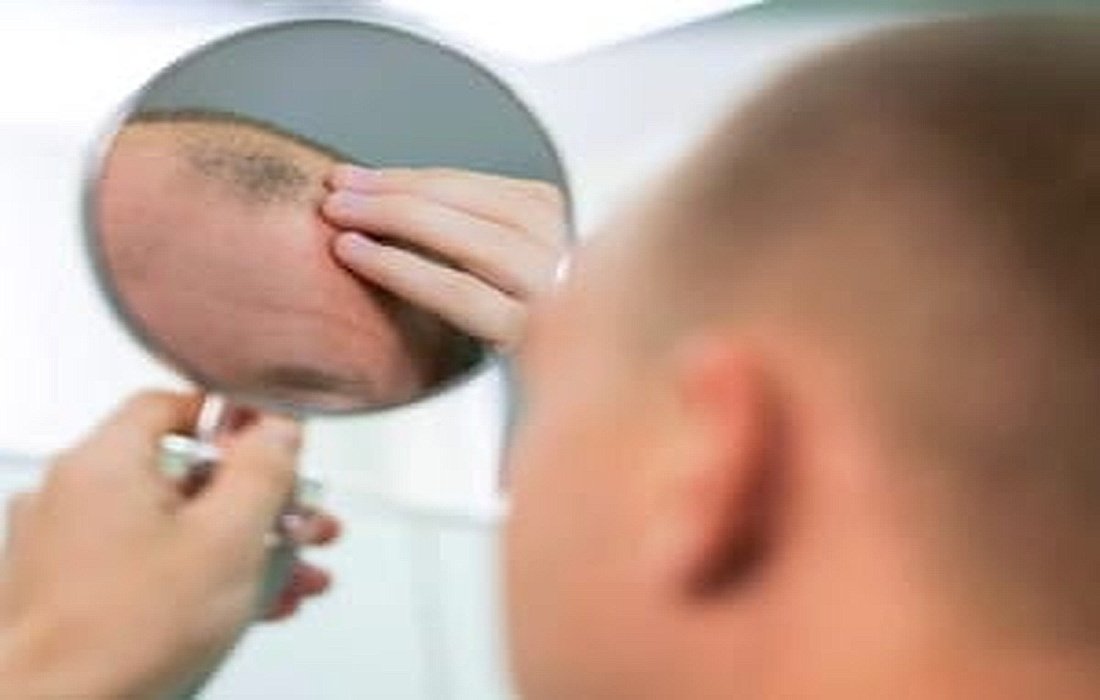Causes and Treatment of Scalp Pimples AfterHair Transplant
Pimples after a hair transplant are one of the common side effects. Pimples in the donor area may appear on the scalp within a short period of 2-4 weeks after the procedure. The pimples that arise in the transplant area are quite normal and generally not a cause for concern.

Pimples on the scalp after a hair transplant can have various causes. For successful treatment results, the area where pimples form should not be left untreated and must be cared for properly. In this section of health and wellness.SelMagzWe will discuss the reasons and how scalp pimples form after a hair transplant, as well as what should be done to treat these pimples.
What Causes Scalp Acne After Hair Transplant?
In hair transplant treatment, hair follicles taken from areas with high hair density are grafted to areas withhair lossIt ensures the regrowth of hair in these areas. Scalp pimples after a hair transplant usually occur due to irritation of hair follicles during their emergence from the skin.
Pimples after hair transplant vary, and sometimes they are very superficial, causing only slight redness on the skin. The presence of these pimples is generally short-term and not a cause for concern. To assure healthy growth of transplanted hair follicles, these pimples should not be pressed by the patient and should be treated properly.
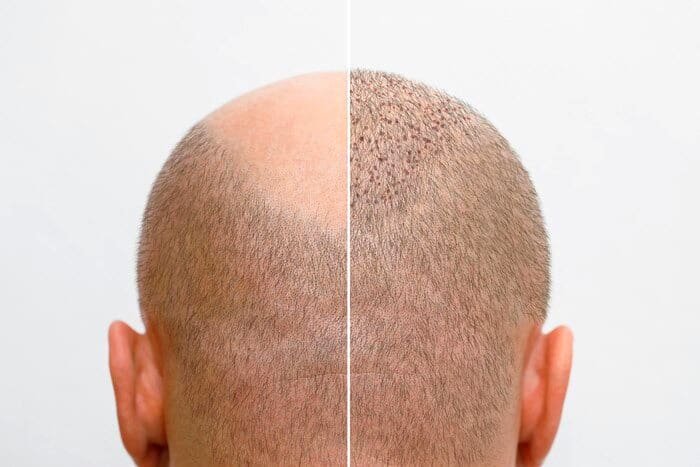
Other Causes of Scalp Pimples After Hair Transplant
There are many reasons for the emergence of pimples after a hair transplant. Some of these reasons may be linked to the procedure itself, while others may result from insufficient care by the patient post-operation. A general overview of the causes of scalp pimples after hair transplant is as follows:
Skin Reaction to Hair Transplant
Pimples occur when the transplanted hair begins to grow. An important and natural cause of scalp acne after hair transplant is the skin’s reaction to this beauty method. These types of pimples will appear as inflammation of the scalp.
Improper Extraction of Hair Follicles
During the transplant, hair follicles are removed individually using tools called micro motors. If the follicles are not properly extracted during the grafting process and remain inside the skin, the root can break and become trapped inside. This can lead to the formation of subcutaneous hair.
Insufficient Care Maintenance


After a hair transplant, the transplanted area must be properly maintained and kept clean. If patients do not adequately clean the transplanted area, bacteria may proliferate due to dust and dirt accumulation, leading to inflammation and the formation of this type of pimple.
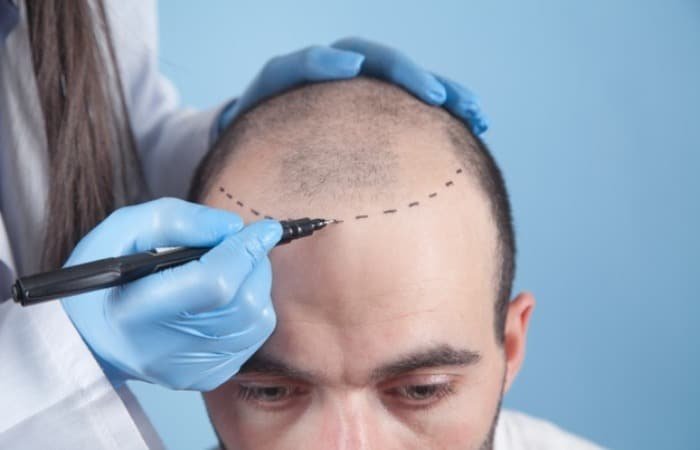
Trapped Transplanted Hair Under the Skin
Hair during the third week afterhair transplantundergoes shedding shock and later starts to regrow; during this time, some of these hairs may get trapped under the skin, causing pimples on the scalp.
Excessively Deep Cuts During Hair Transplant
During the hair transplant process, cuts are made to place the hair follicles. Excessively deep cuts during the procedure are one of the main causes for the formation of pimples, known as dermoid cysts.
Excessively High Sebum Production in the Body
One of the main reasons for the formation of pimples is excessive sebum production in the body. If excess sebum is produced in the area after a hair transplant, pimples may form.
Hair Transplant at Unreliable Beauty Centers
Conducting hair transplants at unreliable and non-professional beauty centers and the non-sterilization of transplant tools can influence acne formation, which can be largely improved and treated by consulting a qualified doctor at a reputed clinic.
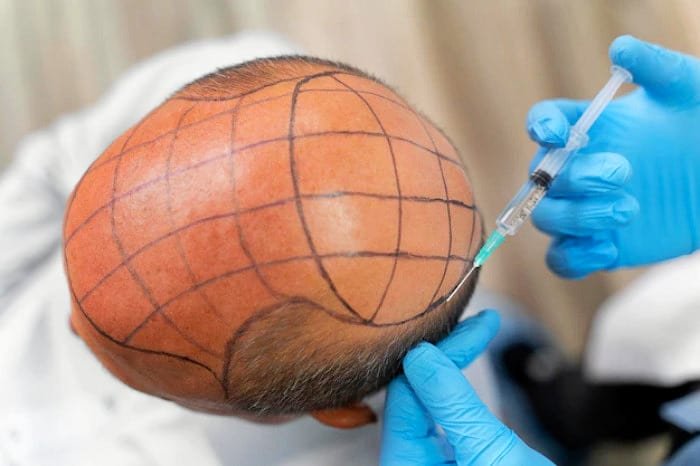
Types of Pimples After Hair Transplant


Formation of acne on the scalp after a hair transplant is normal, and there are even various types of it. Common types of pimples include:
Folliculitis – Inflammation of Hair Follicle:
As a result of improper cleaning of the area post-surgery, pimples can develop with bacteria accumulation.
Dermoid Cysts:
Although they are rare, dermoid cysts can negatively impact the success of hair transplant operations and can cause inflammation in the area by creating deep cuts. Consult your doctor for treatment of these types of pimples.
Acne Caused Due toHair Growth:
There may be times when the transplanted hair follicles struggle to emerge from the skin. In such cases, hairs that cannot reach the surface start growing in the opposite direction. Hairs growing inward can cause inflammation and pimples in the area.
Treatment for Pimples After Hair Transplant
When pimples appear in the transplanted area, although there may not be a need for concern, this does not mean that your pimples do not require treatment. There are many alternative methods available for treating the pimples that arise in the hair transplant area. These methods and their application steps are as follows:
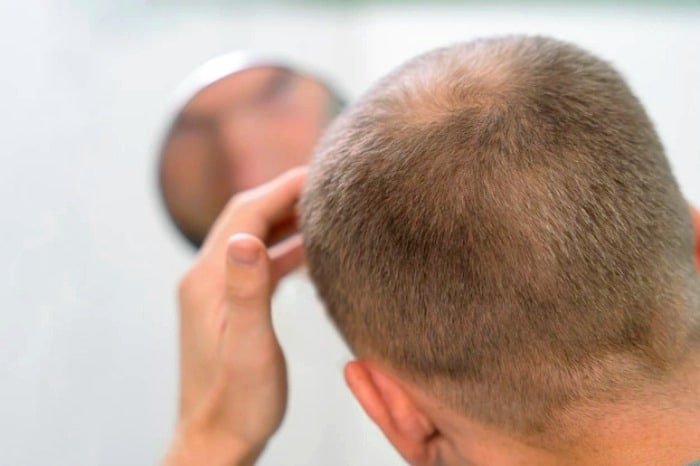
Structure of Scalp Pimples After Hair Transplant
If you develop pimples on your scalp after a hair transplant, understanding the structure of the pimple is very important. You especially need to assess the pimple’s size and whether it causes pain. Because inflamed pimples after hair transplant are not the same as regular acne. The best decision is to consult your doctor for the most accurate treatment.
Use of Warm Compress
Your doctor may recommend using a warm compress to reduce your pimples after a hair transplant. Be careful not to apply too much pressure while using the warm compress and do not expose the area to excessive heat to avoid irritation.
Topical Treatments


The most effective treatment for pimples after a hair transplant is topical treatments, so consult your doctor for help in treating the pimples. By using the antibiotic creams prescribed by your doctor, you can treat the inflamed tissue. These creams also alleviate itching in the area.Oral Antibiotic TreatmentSometimes when pimples in the scalp area after a transplant increase, oral antibiotic treatment may be prescribed. The antibiotics used should be prescribed by your doctor.
Drainage of Inflamed Areas by a Doctor
If you feel pain along with acne and the area on the scalp is swollen after a hair transplant, you should consult your doctor. They may drain the inflamed pimples using a clean needle. Inflamed pimples after a hair transplant should definitely not be pressed at home.
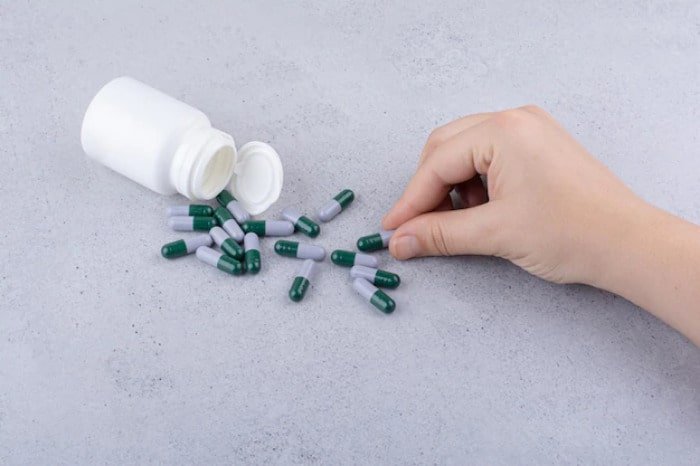
Can Scalp Pimples After Hair Transplant Be Prevented?
Since the formation of pimples after a hair transplant is a normal condition, making extra efforts to prevent acne formation may not yield very productive results. Because sometimes these pimples need to arise for the hair to regrow.
At this stage, patients should avoid improper behaviors like squeezing pimples after their hair transplant, instead of trying to prevent pimple formation. Because squeezing the area pimples can lead to infection and damage to hair follicles, preventing their growth. If serious pimples arise, definitely consult your doctor.
How to Prevent Scalp Pimples After Hair Transplant?
Pimples after hair transplant can largely not be prevented. The only way to prevent acne is to keep the area clean and take post-transplant care seriously, and consult with a specialist doctor. This way, the least you can do is reduce the occurrence of pimples after the hair transplant.
Treatment for pimples that appear after hair transplant may vary depending on the cause and structure of the pimple (e.g. pimple density). Therefore, understanding its nature will be useful in the event of a pimple outbreak.
Depending on the growth of hair follicles, the formation of pimples in the donor area generally occurs after 4-5 months. The timing or type of pimple formation may vary based on how well the individual cares for the area and its structure.
Advertisement
💰 We create a job for an income of 120 million, and we take 10 percent profit 💎





